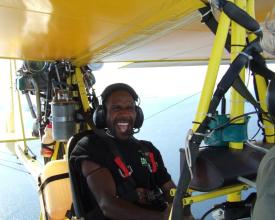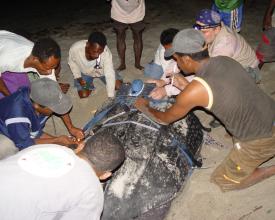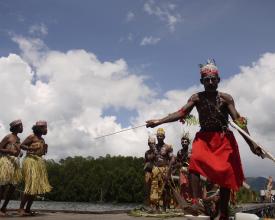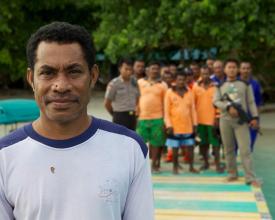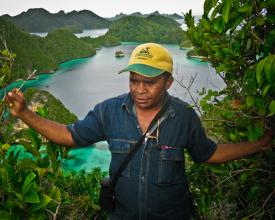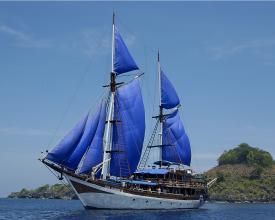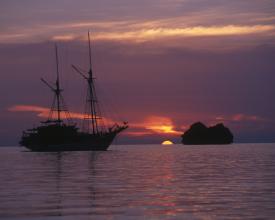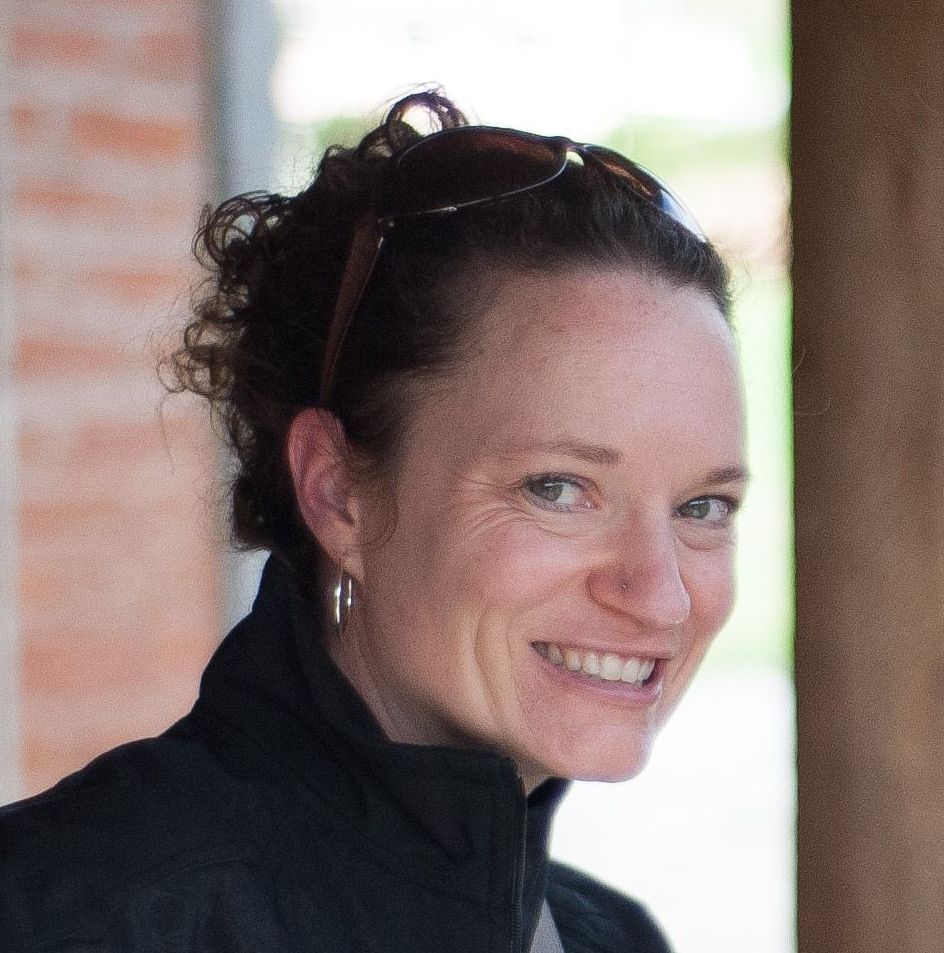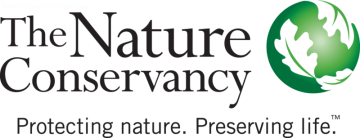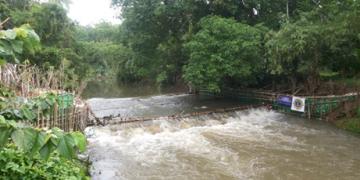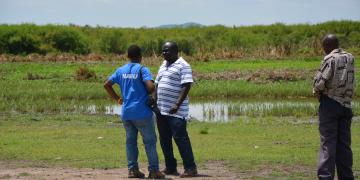Community-based Conservation at Scale
The Bird’s Head Seascape (BHS) addresses habitat destruction from overfishing and resource exploitation in West Papua, Indonesia, through a large-scale ecologically-connected and community-driven Marine Protected Area (MPA) network to preserve biodiversity and regenerate local fisheries.
Context
Challenges addressed
Papua is undergoing rapid change. Over the last two decades interest in Papua’s natural resources has led to destructive and overfishing by outside poachers, oil and gas exploration, and nickel mining, all of which were impacting both marine biodiversity (the richest in the world) as well as the food security, livelihoods and traditional values of indigenous Papuan communities.
Location
Process
Summary of the process
Building Blocks
Ecosystem-based Management Science Program
Enabling factors
Lesson learned
Resources
Social and political support and partnership
Enabling factors
Lesson learned
Development of ecologically connected co-managed MPA network
Enabling factors
Lesson learned
Adequate capacity and co-management institutions
Enabling factors
Lesson learned
Private sector engagement
Enabling factors
Lesson learned
Sustainable financing strategy
The regional government is now working with the NGO and philanthropic communities to transition from an international NGO-driven and donor-funded initiative, to one that is effectively managed entirely by local institutions and that is sustainably financed. Once successful, it will be Indonesia’s first fully sustainably financed MPA network and will serve as a model throughout the country and region. The financial sustainability of the MPA network will be achieved through diversified revenue sources including government allocations, visitor fees and other local financing mechanisms, local fundraising, and a dedicated conservation trust fund. The BHS coalition developed a comprehensive cost model and business plan that projects seascape costs, revenues, and gaps under the “steady state” management system expected to be in place by 2017. Over 70% of local costs are already secured through local sources, with the largest contributor being the government itself. While these local commitments are unprecedented, additional investment is needed to ensure a fully sustainably resourced seascape. The coalition is working with the provincial government to develop a dedicated trust fund, the Blue Abadi Fund, to fill the gap.
Enabling factors
- Conservation Finance Expertise
- Governmental support and commitment
Lesson learned
Long-term is not forever. Sustainable financing is vital for the long-term success of any conservation initiative, particularly at a large scale. At the start of the decade-long commitment to West Papua, the team created a plan to ensure steady transition from an NGO-led and international donor-dependent initiative to one with strong local leadership and ownership.
Impacts
The BHS includes Indonesia's first effectively managed MPA network, its first legally established co-management system, and has the highest MPA management effectiveness scores in the country with an average score of 73%. Threats have been reduced. MPA patrol teams were able to reduce destructive fishing practices to less than 1% of fishers in Raja Ampat MPAs. Illegal overfishing from outside poachers was reduced by over 90%. The government banned both mining and shark and ray fishing, and as a result, Raja Ampat has become a world-class tourism destination with an average annual tourism growth rate of 30%. Ecosystem health and local fisheries have started to recover. In Raja Ampat the average increase in live coral cover across MPAs has been ~12% since MPA establishment. The average increase in fish biomass across MPAs is ~114%. Local fishers are now catching more fish with the same level of effort. Ultimately, the goal is for local Papuan communities to have enhanced food security, livelihoods, cultural heritage and rights. Evidence on the ground shows significant results, with communities catching more fish, revitalizing traditional practices, and finding new livelihood opportunities in the growing tourism sector.
Beneficiaries
- Indigenous Papuan communities
- Local regency governments
- Eco-tourists
Story
Raja Ampat – which literally means “four kings” consists of four big islands: Waigeo, Batanta, Salawati and Misool, and hundreds of smaller ones. It covers an area of 4.5 million hectares and is home to 60,000 people. Raja Ampat is home to 75 percent of all known coral species, 1,470 reef fish, eight types of whales and seven types of dolphins. The mangrove forests boast uniquely soft corals, while its beaches are hatching grounds for green turtle and the endangered hawksbill turtle. Purwanto, Bird’s Head marine protected area technical advisor from TNC, said marine over-exploitation reached Papua while demand for fresh seafood increased worldwide. Luckily, a joint conservation effort had been set up by the local administration, local communities and environmental organizations to protect 4.5 million hectares in the Raja Ampat zone. In 2006 a network of Raja Ampat marine protected areas (MPAs) was established, covering a total of 1 million hectares of coastal area and sea. MPAs have implemented a zonal system that regulates which spots can be used for fishing and which ones are completely closed to all activities but scientific purposes. “Through the zonal system we set aside 20 to 30 percent of critical habitat to be protected and that can guarantee the sustainability of fisheries throughout Raja Ampat,” Purwanto said. The MPA included sasi, the traditional local conservation measure that closes damaged areas until recovery. TNC and CI recruited local people to work with them and training them. Some reach out to villagers to raise awareness and educate children about conservation through fun learning, some take part in marine patrol squads, while others join the underwater monitoring team. Lukas Rumetna, the Bird’s Head portfolio manager of TNC, said that after years of building the skills and commitment of local people, they are ready to continue the conservation efforts on their own. “Most of them have understood their role in managing the MPAs. Some tasks may still need our assistance, but overall they have all been equipped with the know-how,” he said. “And as we’re leaving soon, local people will then work together with the technical control unit from the local administration that will replace our work here.”
